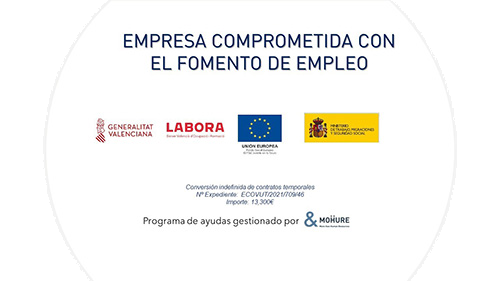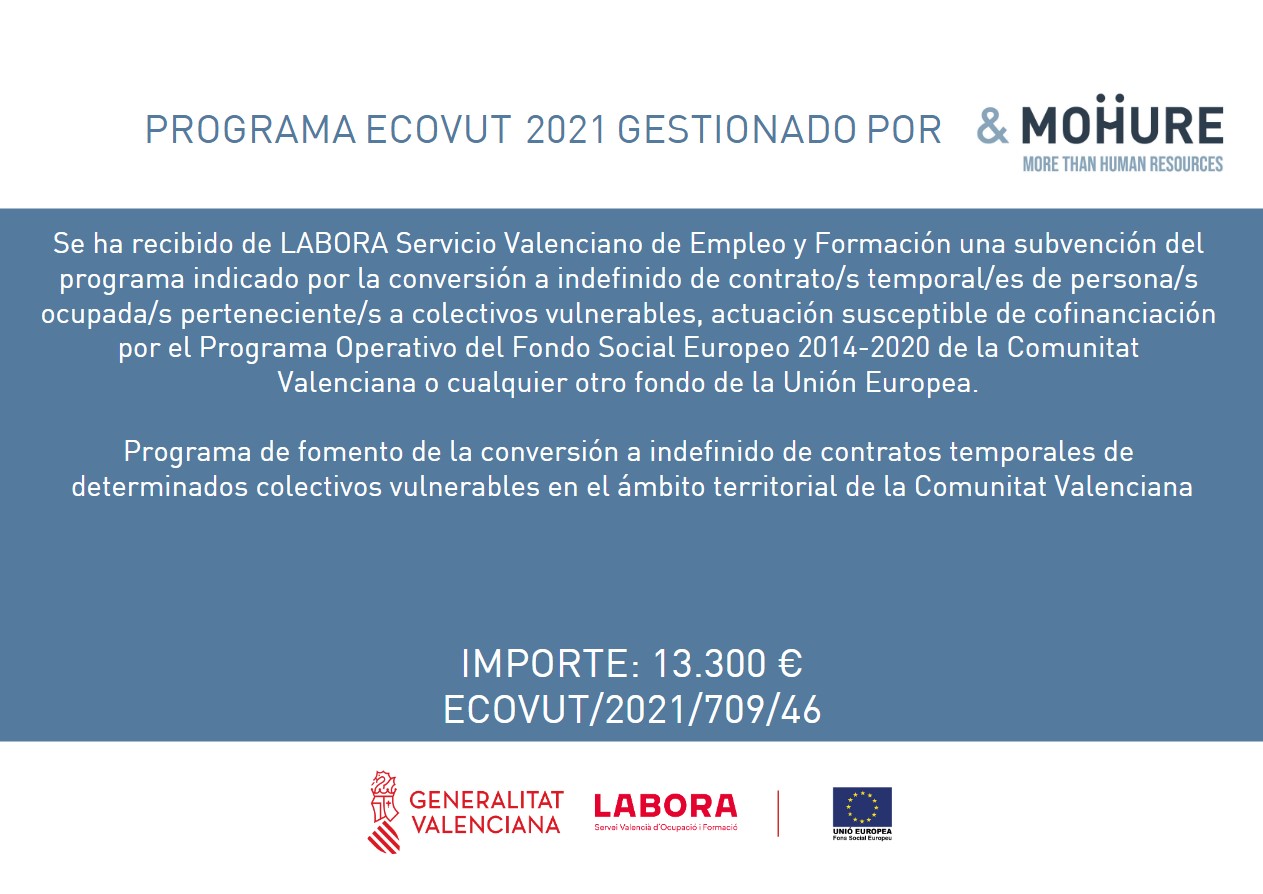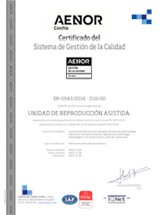At the time of looking to become pregnant and start forming a family, the best way is to pay special attention to the finer details in order to achieve that all-important goal. One of the most popular options with respect to these all-important finer details which will give that much-needed advantage for women is vitrification. Regarding this treatment, there is a fundamental factor to bear in mind which is the woman’s age. Why do we repeatedly hear that it is so important to vitrify the ovules before reaching 35 years of age?
Ovule vitrification is a technique which consists of freezing oocytes and thereby conserving their fertile capacity. In this way, the woman can vitrify the ovules during her time of maximum fertility and postpone maternity until she considers that the correct time has arrived or to guarantee the oocytes survival in women with a low ovarian reserve.
In this respect, there is a date which is highlighted in bright red: 35 years old. Scientific evidence points to this date as the limit which shouldn’t be passed in the quest to becoming pregnant, as the possibilities are greatly reduced beyond this date. The ovule quality is a lot less after 35 years of age, therefore taking advantage of the woman’s most fertile period to freeze the oocytes is a wise decision to gain time, wait for the optimum moment and control the maternity period without biology being a limiting factor.
Maternity is a decision which should be made taking in all of its implications and from a profound and reflective viewpoint. These are characteristics which come easier with the passing of time when a professional career is well established, and personal stability reached. Waiting until such a time as to when one’s personal situation and ovarian reserve coincide in an optimum moment is somewhat of a utopia, but vitrifying one’s ovules before the age of 35 is a way of ensuring that time does not pass for the oocytes and thus the quality of the ovules is maintained.
Like a planning method for a medium to long term basis, or like a tool which helps avoid the deterioration of the ovarian reserve or simply as a necessity before treatments which put at risk the oocytes survival ( chemotherapy for example ) vitrifying the ovules before 35 years of age is practically a future guarantee of ones fertility’s health.
When is the optimum time to vitrify the ovules?
In the fight to preserve fertility by means of ovule vitrification, it is recommended that this takes place before 35 years of age, during the time of maximum fertility, however, there are critical moments. A good way of knowing the probabilities is the Egg Banking calculator, developed by Innovation Fertility Preservation, which calculates the estimated percentage considering a series of variables.
Using a simple formula which considers information such as age at the time of vitrification or the actual assisted reproductive treatment being used, any person can obtain a pretty precise estimation regarding their options. Whether for people who have undergone treatment and are looking for additional information to that that they already possess or for others who are thinking of undergoing the process and who wish to know their options, this is a useful, practical and easy to use tool.











